|
International Sherry Week is from November 4 – 11. And there are so many styles of sherry to celebrate with. Sherry is a fortified wine produced in Andalucía, located in the southwest area of Spain. With over 40,000 hectares of vineyards in Andalucía, more than half of the wine produced here is in DO (denomination de origin) areas. Sherry can only be made from Palomino, Muscatel and Pedro Ximenez white grapes. To learn about the terroir of Andalucía and how sherry is made, please click on the link below that will take you to a story on my website. http://thewineknitter.com/1/post/2017/10/day-606-sherry-fest.html Borrowing from the above story, let’s take a quick look at all the sherry styles available. Fino de Jerez is the youngest (usually 3-5 years old) and the driest of sherries. The wine ages under a layer of flor (yeast). This layer of flor protects the wine from being oxidized and it also consumes all the sugar in the wine, creating a dry sherry. Fino only comes from Jerez and El Puerto de Santa Maria. Manzanilla is another dry sherry that is just like Fino, except that Manzanilla comes only from the coastal town of Sanlúcar. Both Fino and Manzanilla have more wine salinity than the other styles. They will complement fish and shellfish. Amontillado is an aged Fino or Manzanilla. Once the layer of flor fades the wine begins to oxidize and takes on a new character. It can be fortified up to 18%. The color is darker and it is less briny, but nuttier and richer on the palate. These wines pair well with white meat and game. Palo Cortado is an interesting sherry that begins as a Fino or Manzanilla but for no known reason it unexpectedly loses its layer of flor too soon. Once the flor dies, the wine takes on oxygen and requires further fortification. In other words, it does “its own thing”. This wine has richness but is crisp as well. Oloroso (‘scented’ in Spanish) intentionally never develops flor. Aging through oxidation of up to 40+ years produces a full-bodied, aromatic, dark and rich wine. Oloroso contains the most amount of alcohol in sherry with levels of 18% to 20%. This is a great wine for hearty entrees, meats and stews. Pedro Ximenez (PX) is an intensely sweet wine and the sweetest of the sherries. The grapes are dried in the sun allowing the juices to concentrate before pressing. This is a rich wine that oozes raisins, nuts and fig. Cream Sherry is usually a blend of Oloroso, PX or Moscatel but can come in a variety of styles. This is a semi-sweet wine that is aromatic, dark in color with classic notes of nuts and caramel. I’m starting the celebration with the following styles of sherry. Tio Pepe Palomino Fino DO Jerez Xérés This sherry is made with 100% Palomino grapes harvested from Jerez Superior vineyards that are considered the best area of the DO. The wine remains for a minimum of 4 years in American oak casks following the traditional Solera system under the flor. It has a pale lemon color with heady aromas of sweet honeysuckle, almonds and bread. However, this is a very dry sherry with complex flavors infused with almonds and a hint of yeast that lingers on the palate. Due to its savory nature, this sherry will intensify the flavors of many foods and pair well with seafood, cheese, meats and Asian cuisine. Serve well chilled and enjoy! I paired this sherry with smoked cheese, briny cherry tomatoes, spiced nuts and an assortment of olives. Alcohol: 15% SRP: $20 Harveys Bristol Cream DO Jerez Xérés This sherry is a blend of 80% Palomino and 20% Pedro Ximenez grapes. It is a unique combination of Fino, Amontillado, Oloroso and Pedro Ximenez sherries that have been aged separately in the Solera system, averaging between 3 and 20 years of age. It has an intense burnished-brown color that offers intoxicating aromas of dried fruit, raisins, nuts and toffee. The palate is layered with raisins, caramel, fig, toasted almonds and a creamy mouthfeel. This is a nice sherry to drink as an aperitif or serve with desserts, cheese and fruit. Serve well chilled. And if you’re not sure if the sherry is cold enough, the thermochromic label turns blue when the sherry is ready to serve! I poured this sherry over vanilla bean ice cream. It was heavenly! Alcohol: 17.5% SRP: $15 What style of sherry will you be pouring in your wine glass to celebrate International Sherry Week? Please share your stories and photos with me!
Until next time, Cheers! Penina To leave a comment or if you have an inquiry, please contact me at [email protected] I had just arrived home from a trip to the Franken wine region of Germany with my palate still singing the praises of the wines I tasted. To my delight, there was a bottle of Riesling from the Mosel wine region waiting for me at my doorstep. Although the Mosel region is a few hundred miles to the west of where I was visiting, a German Riesling is always a treat no matter which of Germany’s 13 wine regions it comes from. And this particular Riesling was no exception! Weingut St. Urbans-Hof is located in the village of Leiwen in the Mosel Valley. It is considered one of Germany’s premier estates with 40 hectares of vineyards making it the second largest family-owned and operated winery in the Mosel. Nicolaus Weis founded the winery in 1947 and his grandson Nik Weis has been owner and winemaker since 1997. I have written several stories and reviewed a number of wines from this producer that can be accessed on the menu at right. The Mosel Valley enjoys a continental climate with warm summers and long growing seasons that contribute to the ripening of the grapes, helping to create heightened flavors and low alcohol levels. Riesling grapes for the St. Urbans-Hof Bockstein Kabinett are harvested from a single vineyard consisting of 40 to 60-year-old vines from the Mosel region’s Saar Valley. Bockstein VDP Grosse Lage is a historic 136-acre site with only six producers growing vines here. Nik Weis owns 25 of these acres in the best, original section. The vineyard sits on a very steep 50 degree, south-facing slope with soils consisting of hard gravelly slate rock that have a powdery surface that is easily absorbed by the vine’s roots giving the wine lots of minerality. VDP (Verband Deutscher Prädikatsweingüter) is a national German association of wine producers committed to top-quality wine production. Under their classification system, VDP Grosse Lage is considered Top Class designating the very best vineyards of Germany within which the finest parcels have been demarcated. These wines are considered especially expressive with significant aging potential. St. Urbans-Hof 2018 Bockstein Kabinett 2018
This 100% Riesling is pale lemon and jumps out of the bottle with intense aromas of minerality/slate, soft fruit, citrus and hints of floral. A palate of refreshing peach, green apple, grapefruit, honeysuckle and minerality are the prelude to a beautiful dance between sweet and saline. This is another terroir-driven wine that clearly shows the talent of the winemaker, Nik Weis! Serve as an aperitif or pair with fish, white meats, salads and spicy food. Enjoy this wine now or it can be cellared for up to 30 years if stored properly. Alcohol: 9% SRP: $26 Within the next few weeks, I will be writing about my trip to the Franken wine region in Germany. I will introduce you to fabulous wines, cuisine and fairytale towns to explore! Until next time… Cheers! Penina To leave a comment or if you have an inquiry, please contact me at [email protected] The leaves are beginning to change color and some of them are already sprinkling to the ground. It is officially autumn, however I’m not quite ready to put away my sandals. And, I’m certainly not inclined to shelve my white and rosé wines. In fact, if you have kept up with my stories, then you know I tend to drink these wines all year round. To welcome the fall season, I decided to open a crisp rosé from Michel Chapoutier’s Domaine de Bila-Haut vineyards located in the region of Côtes de Roussillon, Languedoc. To learn more about Michel Chapoutier, please click on the link below or peruse the Categories list to the right of this page. http://thewineknitter.com/the-journal/category/bilahaut Domaine de Bila-Haut “Les Vignes” Pays d’Orc Rosé 2018 is a blend of 60% Grenache and 40% Cinsault that is fermented and aged in tanks. Up until the 2018 vintage, Michel, ever the artist and experimentalist, also used 5% Syrah in the blend, but he has phased it out completely. This coral-colored wine has subtle but inviting aromas of floral, citrus, red fruit and minerality. The palate offers a soft array of berries, rose, herbs, minerality and a hint of watermelon. This is a dry and refreshingly crisp wine with just a trace of citrus on the finish. Drink as an aperitif or serve with light pasta, seafood, sushi and salads. Alcohol: 12.5% SRP: $15 Although I’m taking inventory of my red wines and getting ready for those cold winter days ahead, my refrigerator will always be stocked with white, rosé and sparkling wines! Until next time…
Cheers! Penina To leave a comment or if you have an inquiry, please contact me at [email protected] Although it is not as widely known as some of its more famous neighbors, Le Marche (pronounced Mar-kay) wine region should be on your radar. Le Marche is located on the eastern side of central Italy, nestled between the Apennine Mountains to the west and the Adriatic Sea to the east. There are approximately 60,000 acres of vineyards in Le Marche with varied terroirs throughout. Warm and cool climate zones exist in this region due to the influence of the mountains, rivers and the Adriatic Sea. Calcareous, clay and limestone-rich soils can be found here and are excellent for growing grapes such as the white grapes Trebbiano and Verdicchio that Le Marche is best known for. In fact, Verdicchio has been growing here for over 600 years. Sangiovese and Montepulciano red grapes grow well here as well. The majority of wines in Le Marche are sold as IGT Marche title (Indicazione Geografica Tipica), but the region also has DOC and DOCG titles as indicated on the map below. This past week I was introduced to the wines of Velenosi Winery located just outside the town of Ascoli Piceno. The dynamic Angela Velenosi co-founded the winery in 1984. Angela had no experience, land or capital, but she did have a vision. Her energy and passion led her to become one of the largest family-owned wineries in Le Marche region with a production of 2.5 million bottles per year and over 25 wine labels. Today Velenosi Winery represents all the appellations throughout Le Marche wine region and Angela is known as “the lady of Le Marche”. I had the opportunity to taste five wines from the Velenosi portfolio. Passerina Brut NV is made with indigenous 100% Passerina grapes grown in the vineyards of Ascoli Piceno at an altitude of 200-300 meters above sea level. The grapes are hand-harvested and the wine is produced using the Charmat Method. This is a lively, aromatic sparkling wine with soft fruit and flowers on the nose. A palate of citrus, flowers, light fruit, a hint of bread dough, fine bubbles, lively acidity and creamy texture make this wine a delight to drink. Alcohol: 12% SRP: $15.99 Verdicchio dei Castelli di Jesi DOC Classico 2018 is made with 100% Verdicchio grapes grown in the oldest and original area of Castelli di Jesi, (Marche’s largest DOC area). Verdicchio means, “little green one”. The wines tend to be straw-colored with pronounced green hues and aromas of green fruit. This is a lovely dry wine with floral, fruity and saline aromas that segue onto the palate with green apple giving it the right amount of tartness. The vibrant acidity and a finish of lemon zest make this any easy wine to pair food with. SRP: $15.99 Pecorino Offida DOCG Villa Angela 2018 is 100% Pecorino hand-harvested from the vineyards of Ascoli Piceno and Offida at 200-300 meters above sea level. The name Pecorino translated means, “little sheep”, not to be confused with the cheese of the same name. As the story goes, local sheep ate these sweet grapes and considered them a treat. This wine has lots of floral and fruit aromas. The palate shows tropical fruit, spice, fennel, fresh minerality and vibrant acidity. Alcohol: 13% SRP: $15.99 Lacrima di Morro DOC Querciantica 2018 is 100% Lacrima di Morro d’Alba harvested from vineyards in the municipalities of San Marcello –Ancona. An interesting note about this grape varietal is that after 25 years it stops producing grapes and needs to be replanted. One of its main characteristics is a “rose and violet flavor”. This wine has sweet aromas of floral, strawberry and cherry that segue onto the palate with soft tannins, spice and dark cherry. This is a beautifully structured wine that is light enough to pair with a vast assortment of cuisine. Alcohol: 12% SRP: $15.99 Rosso Piceno DOC Superiore Roggio del Filare 2015 This wine is a blend of 17% Montepulciano and 30% Sangiovese grapes. Grapes are handpicked from vines that are 50+ years old in the vineyards of Offida and Ascoli Piceno at 200 meters above sea level. This wine was aged for 18 months in new French oak. A beautiful and elegant nose of floral, spice, strawberry and cherry leads to a palate of dark fruit, plum, spice and soft tannins. This is a very expressive wine that is full-bodied and well balanced. Alcohol: 14.5% SRP: $35 All of the above wines are expressive of the terroir, exhibiting powerful aromas and complexity but light enough to enjoy with most food or as an aperitf. They are all reasonably priced wines that go a long way in value.
Until next time… Cheers! Penina To leave a comment or if you have an inquiry, please contact me at [email protected] Over the Labor Day Weekend, I sampled a few vintage wines from our restaurant days in New York City. Some of the wines didn’t warrant a second sip, and a few others were worth taking notes on. And then, there was this. Most Pinot Noirs are not known for their longevity and are best enjoyed within a few years of bottling. However, there are a few Pinot Noirs that stand the test of time and this is one of those wines. Domaine Confuron-Cotetidot is a family run business that dates back to the seventeenth century during the reign of Louis IV. The Confuron family has always been vignerons specializing in vine selection and propagation. Yves Confuron runs the estate today along with the help of his brother, Jack, who is an oenologist. Their parents still work the vines as they have always done for the past fifty years. The family vineyards are spread throughout the Côte de Nuits located in the northern half of the Côte d’Or wine region in Burgundy, France. In addition to their village level wines, the estate has an impressive array of premier cru and grand cru sites that include the famous Vosne- Romanée Les Suchots of which they are one of the largest holders. For the most part, vines in all of their vineyards average around 65 years of age. Within the Côte de Nuits are two Grand Cru vineyards, Vosne-Romanée and Chambolle-Musigny, where some of the most famous and expensive Pinot Noirs are produced. Vosne-Romanée is a small commune that has been producing notable wines for thousands of years. Les Suchots is located within this commune and it is the largest Premier Cru climat in the Vosne-Romanée appellation. Climat refers to delineated plots of land that have specific climatic and geological conditions. The climate here is balanced between the warm sun and cool winds that help to develop rich fruit complexity and good acidity in the wines. Domaine Confuron-Cotetidot Vosne-Romanée 1er Cru-Les Suchots 1998 The bottle showed a small amount of wine evaporation (ullage), but the cork was good so I used the Coravin system to extract a glass of wine. This 100% Pinot Noir had a beautiful garnet color with tawny around the rim. The heady aromas of floral, kirsch, spice and red fruit, notably cherry, were encouraging. Before the wine had time to open my palate was treated to red berries, spice, earth and gripping acidity. After twenty minutes the fruit and spices were more pronounced. I tasted cherry, raspberry, spice, mushrooms and anise. This wine still has an impressive complexity to it and expresses the terroir beautifully. It made me fall in love with Pinot Noir all over again! Alcohol: 13% I’m looking forward to uncorking this bottle very soon! Until next time…
Cheers! Penina To leave a comment or if you have an inquiry, please contact me at [email protected] As you may have surmised from previous stories, I love Susana Balbo Wines. So, when I recently received four bottles of her CRIOS brand, I was quite pleased. For those of you who aren’t familiar with Susana Balbo Wines, here is a quick recap from my last story about her. To read more about Susana, the winery and wine reviews, please click on the ‘Categories’ menu to the right of this page. Susana Balbo is the founder and owner of Susana Balbo Wines located in Luján de Cuyo, Mendoza in western Argentina close to the Andes Mountains. Due to the close proximity of the Andes, the vineyards are subject to a hot, dry climate during the day and cool alpine winds in the evenings, thus allowing the grapes to develop and ripen slowly while reaching full tannic ripeness and maintaining their acidity. Susana is not only the most well known Argentinian female winemaker globally, but she is also the first female enologist in Argentina! With over thirty years of experience in the wine industry, Susana has built an impressive career and produces some outstanding wines. From an early age, Susana strayed from wanting a traditional “female” education by electing to study nuclear physics in Bariloche. However, her parents would not let her leave Mendoza to pursue this path. So, Susana made a decision to follow the family’s wine business and in 1981, she graduated from Don Bosco University with a degree in enology, becoming the first female enologist in Argentina and challenging the male-dominated wine industry in Mendoza. Susana’s career began at Michel Torino winery in the Salta province where she made her first wine in 1983. It was the first vintage of Torrontés from Salta. She then continued on to work at many other well-regarded wineries and also worked as a consultant winemaker for national and worldwide wineries before “birthing” Susana Balbo Wines in 1999. Her first vintage was released in 2002. Susana’s two children are an integral part of the business. Her son José joined the team in 2011 as winemaker and her daughter Ana joined in 2012 as marketing manager. Susana produces four brands of wine that include CRIOS, Susana Balbo Signature, Nosotros and BenMarco. The CRIOS brand was created by Susana as a tribute to her son and daughter. CRIOS in Spanish means “offspring”. To quote Susana Balbo Winery, “CRIOS wines express Susana's love and dedication to her children, José and Ana. Today, Susana's CRIOS have grown and matured, just like her children who now work with her at the family winery.” The grapes for this brand are harvested from specific areas in Mendoza and Salta where grapes are optimal for the fruit-forward style of CRIOS. CRIOS Torrontés 2018 is 100% Torrontés hand-harvested from vineyards in Cafayete (Salta) and Uco Valley (Mendoza) regions at an elevation of 5,600 ft. Cafayete region has sandy-loam soils and the Uco Valley is known for its complex mix of soils that include stones, sand and limestone. This wine is pale lemon with green hues. A lovely floral bouquet is infused with citrus and a hint of pear. And the palate offers a refreshing blend of acacia, pear, citrus, green apple and crisp acidity. This is a perfect wine to serve as an aperitif or serve with seafood, light pasta and Asian cuisine. Alcohol: 13.5% SRP: $15 CRIOS Rosé of Malbec 2018 is 100% Malbec hand-harvested from vineyards in the Uco Valley region at an elevation of 3,700 ft. This Rosé has a vibrant coral color with subtle notes of strawberry, peach, red cherry and a hint of vanilla on the nose. This is a dry, refreshing and lively wine with crisp acidity. Soft notes of strawberry and sweet spice linger on the palate leading to a creamy finish. Serve as an aperitif or pair with fish, salads and light appetizers. Alcohol: 14.5% SRP: $15 CRIOS Malbec 2018 is 100% Malbec hand-harvested from vineyards in the Uco Valley region at an elevation of 3,700 ft. This wine was aged for nine months in French oak. This wine has a rich purple color with juicy aromas of violets, cherry, plum, berries and spice. Notes of plum, cherry, pomegranate and spice tease the palate with a delightful finish of mocha and pepper. Tannins are nicely balanced with acidity. Serve with grilled meat, tuna, hearty stews and aged cheese. Alcohol: 13.9% SRP: $15 CRIOS Cabernet Sauvignon 2018 is 100% Cabernet Sauvignon hand-harvested from vineyards in the Uco Valley region at an elevation of 3,700 ft. This wine was aged for nine months in French oak. This wine is deep red bordering on purple with aromas of plum, floral, spice, dark berries and sour cherry. A lush palate of dark berries, plum, espresso and sweet spice ends with a lingering finish of anise and pepper. A nice balance of bright acidity and soft tannins rounds out this wine. Serve with grilled meat, fowl, hearty stew and spicy cuisine. Alcohol: 14.5% SRP: $15 The handprint logo that is on each CRIOS bottle is of three overlapping hands representing the generations involved in making this quality wine. It also symbolizes Susana’s love for her children and acknowledges hands as powerful tools in accomplishing a mission together. Family working together, producing wine out of love and a passion for quality and the land…it doesn’t get any better!
Until next time… Cheers! Penina To leave a comment or if you have an inquiry, please contact me at [email protected] One might not think of Merlot when it comes to Tuscan wine. Perhaps this is due to the influence and popularity of Tuscany’s largest and best-known Sangiovese-dominant wine region of Chianti. The Sangiovese grape is the most planted grape variety in all of Italy, and according to Italian Wine Central statistics of 2015, Merlot is ranked number seven. Merlot is one of several major grape varieties used in the production of Super-Tuscan wines but it is also produced as a 100% varietal in the Tuscany region. Sorting through yet another recent delivery of vintage wines leftover from our restaurant days, I came across a bottle of Marchesi de Frescobaldi “Lamaione” 2000, a 100% Merlot. The Frescobaldi family has been part of Tuscany’s winemaking tradition for 700 years. From generation to generation they have passed on their tradition of cultivating the best of Tuscan diversity and production of fine wines. With seven estates spread throughout Tuscany, Frescobaldi’s main focus is sustainable farming in addition to developing and enhancing the diversity and maintaining the identity of each estate’s terroir. The Merlot grapes for the Marchesi de Frescobaldi Lamaione were sourced from Frescobaldi’s Castelgiocondo estate located southwest of Montalcino. Vineyards are planted in clayey terrain rich in limestone and mineral elements at an altitude of 300 meters (984 ft.), facing southwest on sunny slopes with well-drained soil and an arid climate. Marchesi de Frescobaldi “Lamaione” 2000, Toscana IGT This 100% Merlot was aged in 90% new and 10% single-use French oak barrels for 24 months and then aged for another 12 months in the bottle. Since I tasted this wine alone, I used my Coravin system to pour a glass so that I could share the rest of the bottle at a later date. As soon as I started pumping this garnet colored wine into my glass, delightful fruit aromas wafted up, always an encouraging sign! As the wine opened up aromas of dark cherry, blackberry, dried berries, sweet spice and vanilla were evident. My first sip told me that I was in for a treat. Although the wine was slightly past peak, it entertained my palate over the next hour with an array of flavors. I tasted black cherry, blackberry, cooked plum, spice, earth, pepper and a very nice finish of dried fruit and fennel. This wine had a good balance of tannins and acidity. I will definitely pop the cork on this bottle in the next week or so…this is a wine to share! Alcohol: 14.5% The majority of wines in this latest cache are reds, so I will be quite busy entertaining my palate over the late fall and winter season! Until next time…
Cheers! Penina To leave a comment or if you have an inquiry, please contact me at [email protected] Summer isn’t over yet. There are still 5 weeks to go to enjoy outdoor concerts, beach time, backyard picnics and lazing in the hammock. With all the canned wine now available on the market, it is easier than ever to pack a few cans into one’s picnic basket. Tussock Jumper has taken it one step further by attaching a disposable wine cup to a single-serve, 187ml recyclable plastic bottle. The bottles are easy to transport and as you can see, two of them fit into my small hand! Tussock Jumper is a wine brand comprised of premium wines selected from eleven different countries around the world. The grapes are harvested from a collection of small vineyards carefully chosen for the best quality grapes. And all the wines are produced and bottled where the grapes are sourced. Tussock Jumper’s slogan is “Jump Around The Wine World”. A “tussock” is a knobby type of grass. As quoted from Tussock Jumper website “it symbolizes our green credentials and commitment to preserving nature. We take great care that all our wines are grown and produced under the best and most sustainable conditions.” Each bottle of wine depicts an animal that is native to where the wine comes from. And why the red jumpers you might ask? According to Tussock Jumper, the red jumper is a seal of authenticity, guaranteeing that all has been done to provide the consumer with quality wine. Tussock Jumper Chardonnay, France 2018 This wine is 100% Chardonnay with grapes sourced from the South of France. A Mediterranean climate and assorted clay soils help to give the wine its character and crisp acidity. The wine was aged for nine months in 50% American and 50% French oak barrels. A soft lemon color gives way to lovely aromas of pear, citrus, granny smith apples and a touch of floral. A palate of pear, stone fruit and honeysuckle mingle with a hint of vanilla on the finish. Crisp acidity and a wonderful mouthfeel make this a very refreshing wine. Drink as an aperitif or pair with seafood, light pasta salads and grilled veggies. Alcohol: 13% SRP: $3.99/187ml Tussock Jumper Pinot Noir, France 2018 This wine is 100% Pinot Noir. Grapes were sourced from the South of France in vineyards resting on clay and limestone terraces. This ruby-red wine has a lush bouquet of ripe red berries, blackberry, cherry and a touch of sweet spice that segues onto the palate with a nice jammy mouthfeel infused with a hint of white chocolate and pepper. Tannins and acidity blend well together. Drink with grilled meats, fowl, pasta and cheese.
Alcohol: 12.5% SRP: $3.99/187ml The above wines depict a wild boar on the label, which is native to this particular region. Other single-serve varietals include Pinot Grigio and most recently, Malbec. In addition to single-serve wines, Tussock Jumper has an impressive portfolio of wines from around the world that are available in 750ml size bottles. I will be exploring more wines from Tussock Jumper very soon and will share my thoughts with you. Until next time… Cheers! Penina To leave a comment or if you have an inquiry, please contact me at [email protected] With the heat index soaring past 105° this past weekend, my main objective was to stay hydrated with lots of water. However as each evening approached and temps cooled down slightly, I happily reached for a bottle of chilled wine to gratify my palate. The following wines were well received and definitely refreshing! Last week I wrote about several wines from the Cariñena wine region located in the Ebro Valley of northern Spain. It is the largest and oldest of the Aragonese DOs (Denominación de Origen). Another example of wine from this region comes from Grandes Vinos y Viñedos winery founded in 1997 and it is comprised of 14 small wineries in the Cariñena D.O. Each of these small wineries has its own label and distinctive seal that reflects its unique micro-terroirs. The most recent winery added to Grandes Vinos y Viñedos was in 2012 and is called El Circo. It is a tribute to the circus industry and is inspired by the world-renowned “Cirque du Soleil”. Each wine is connected to a circus act or performer. The wine is meant to “reach out to the world and spread their love, joy, and passion for wine all around the world.” The Payaso wine label depicts a clown, “a symbol of happiness and freshness.” El Circo Payaso Garnacha Rosé 2018 is 100% Garnacha. Grapes are sourced from over 40-year-old vines in the Cosuenda vineyard, which sits at an elevation of about 600 meters above sea level. A festive bright pink color sets the stage for aromas of fresh berries, watermelon and floral notes. A palate of creamy strawberry that is reminiscent of chocolate filled bonbons followed by notes of raspberry with hints of citrus and herbs make this a nicely balanced wine. Crisp acidity and fresh fruit are a palate pleaser. Serve with paella, seafood and Risotto. Alcohol: 13% SRP: $9.99 Another cool and refreshing wine is Domaine Bousquet Sauvignon Blanc. Domaine Bousquet wines are consistently good and I particularly enjoy their white wines. They are located in Tupungato, Alto Gualtallary at the foothills of the Andes in Argentina where their vineyards sit at 4000 ft. altitude. This high altitude sub-region of the Uco Valley experiences a cool climate with gravel and sandy soils, which in turn produces lively, fruit-forward, juicy wines. All the Domaine Bousquet wines are made from 100% organic fruit. Domaine Bousquet Sauvignon Blanc 2019 is 100% Sauvignon Blanc.
This is a dry and refreshing wine with a pale yellow color and aromas of citrus, tropical fruit and grapefruit. A palate of juicy citrus, crisp acidity and a trace of pineapple lingering on the finish make this an ideal wine to drink as an aperitif. It also pairs nicely with seafood, light salads and spicy Asian cuisine. Alcohol: 12.5% SRP: $13 To read more about the Cariñena wine region and Domaine Bousquet please click a selection under ‘Categories’ to the right of this page. Whatever you choose to drink during hot weather, please make sure to balance it with lots of water! Until next time… Cheers! Penina To leave a comment or if you have an inquiry, please contact me at [email protected] Although I never need an excuse to open a bottle of wine, celebrating Bastille Day with a French rosé is a must! Okay, so I’ve jumped the gun and started the celebration a few days early! Bastille Day is celebrated every year on July 14th. The French call it “Le Quatorze Juillet” or “La Fête Nationale.” In addition to France, many French-speaking regions around the world celebrate this day, including the USA. It is celebrated with parades, fireworks, French food, wine and dancing. Here is a very brief account as to why Bastille Day is such a significant day for France. On July 14th, 1789 a group of revolutionaries stormed the Bastille prison marking the start of the French Revolution. The Bastille was a symbol of the tyrannical rule of the Bourbon monarchy. King Louis XVI and his wife Marie Antoinette were overthrown, ending the “Ancien Régime”. By the order of France’s new revolutionary government, the Bastille prison was torn down with the last stone being removed in 1790. And we all know the fate of Marie Antoinette. My “early” celebration began with a rosé from the Côtes de Provence, the largest appellation in Provence, located in southeastern France. The Commanderie De Peyrassol is situated in the Var amid the foothills of the Massif des Maures. Commanderie De Peyrassol was founded by the Knights Templar in the 13th century. The first recorded harvest was in 1256! This domaine has a long and rich history that reads like a novel and is worth perusing on their website. https://www.peyrassol.com The current owner is Philippe Austry who purchased the property in 2001 and lovingly restored and renovated it with the help of his nephew Alban Cacaret, who manages the domaine. The domaine is comprised of 950 hectares of which 93 hectares are under vines. More than ten grape varieties are grown here. The climate is typical Mediterranean, with hot, dry summers and mild winters and the soil is a mixture of clay and limestone, with heavy gravel content. Cuvée de la Commanderie Rosé 2018 A.O.P. Côtes de Provence is a beautiful blend of 45% Cinsault, 29% Grenache, 15% Syrah, 6% Rolle, 5% Mourvèdre, Cabernet and Carignan. This wine has a soft peach color with aromas of red berries, salinity and floral. The palate offers strawberry, raspberry, light citrus, salinity and crisp acidity. This is a dry and complex wine that displays elegance and freshness with savory taking the lead over fruit. Serve as an aperitif or pair with seafood, grilled fish, appetizers and light pasta. Alcohol: 12.5% SRP: $20 Whether you’re celebrating, July 4th, Bastille Day or life in general, enjoy it with a glass of this rosé. You’ll thank me for it! Until next time…
Cheers! Penina To leave a comment or if you have an inquiry, please contact me at [email protected] |
Categories
All
|
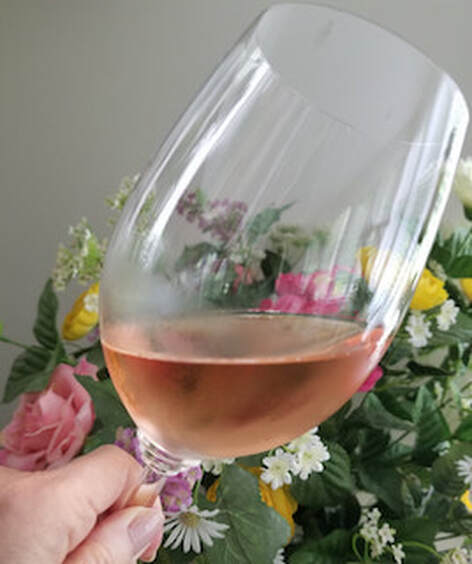

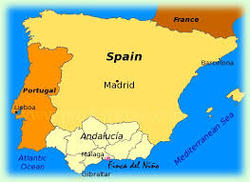
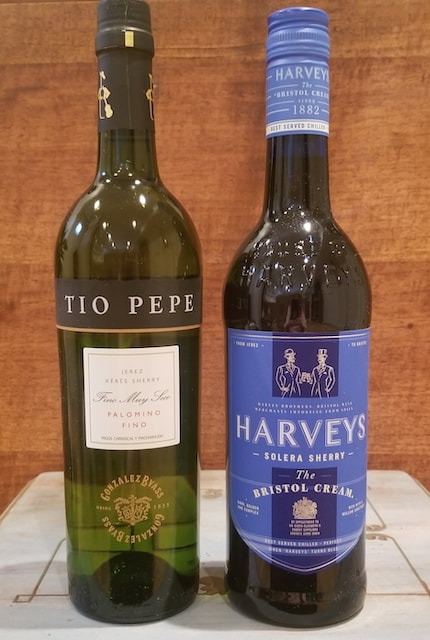
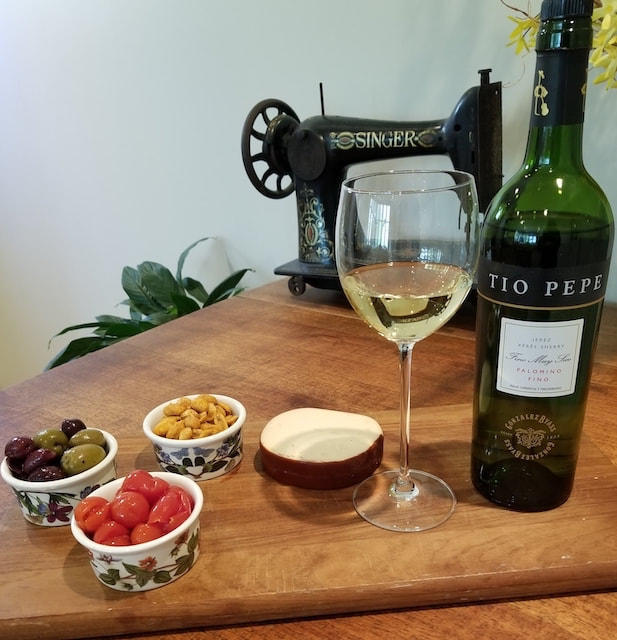
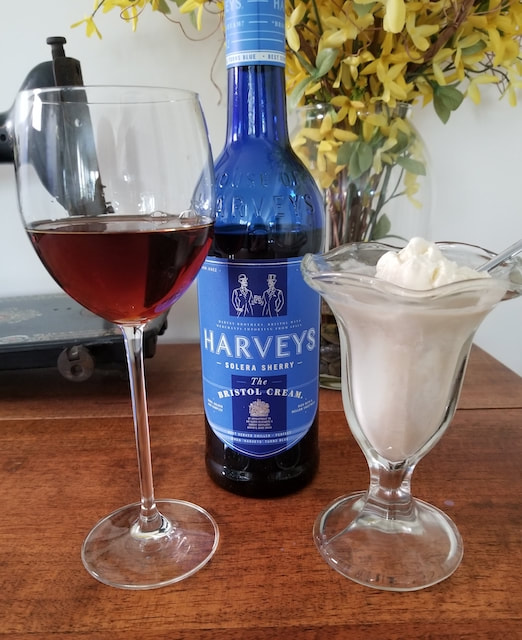
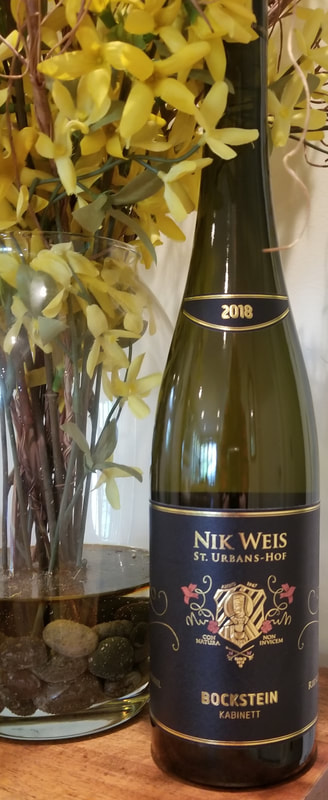
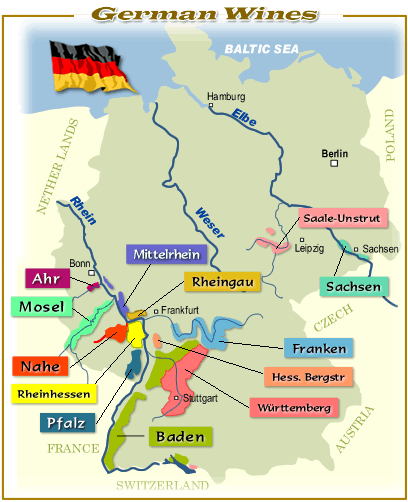
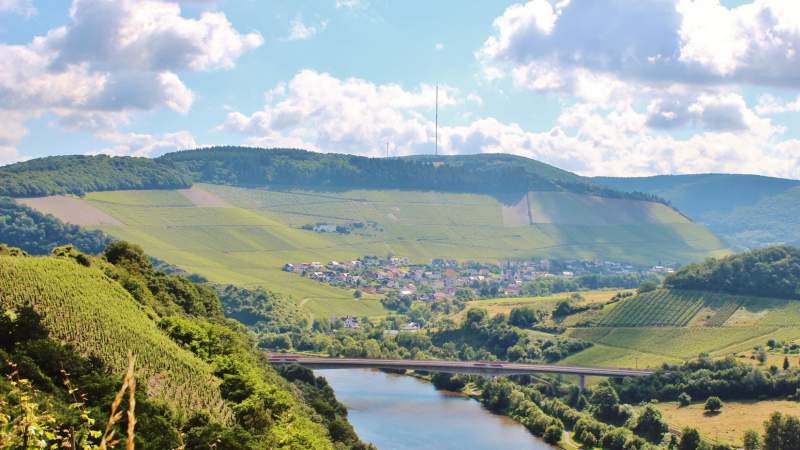
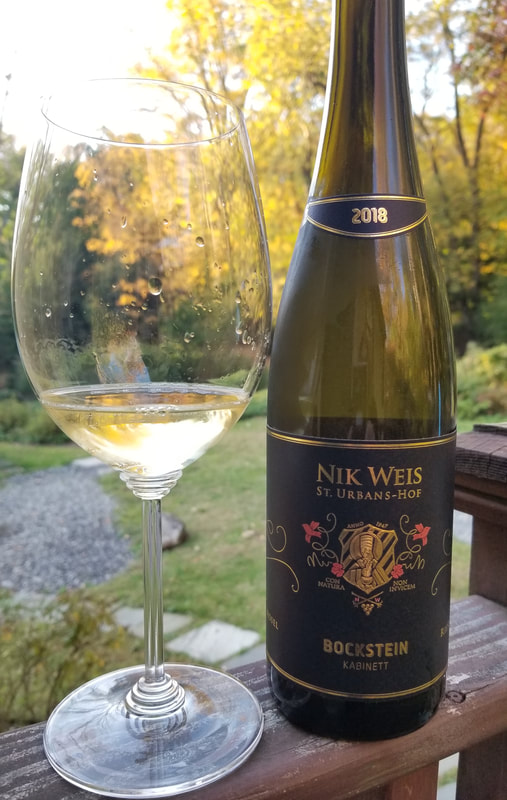
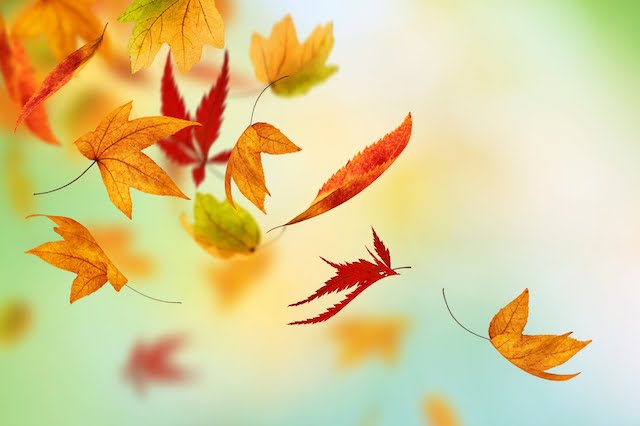
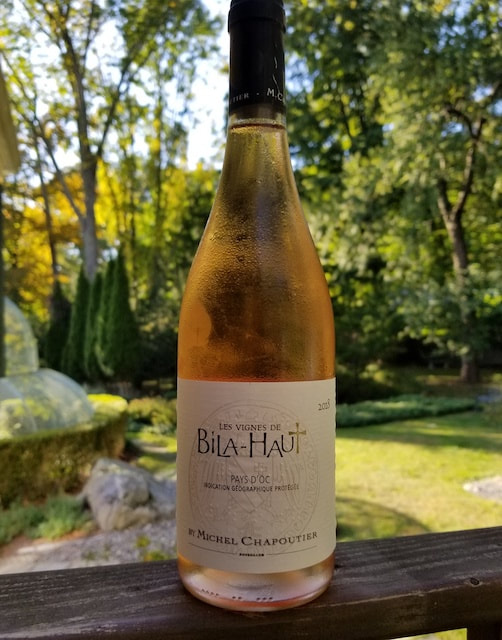
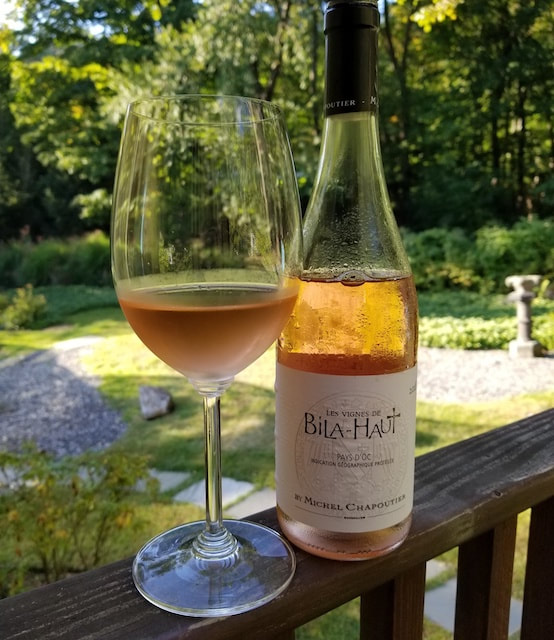
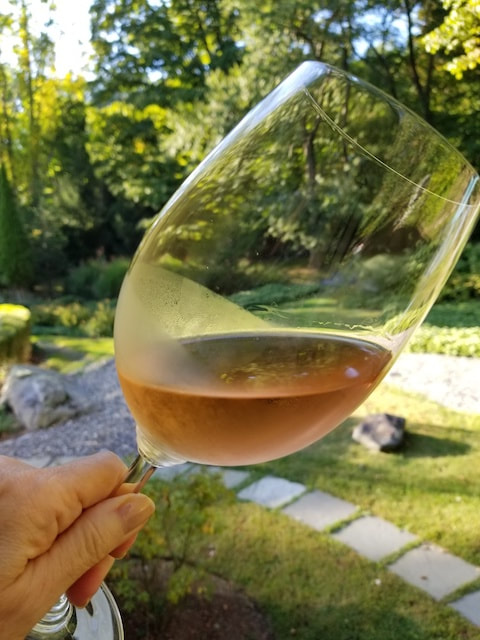
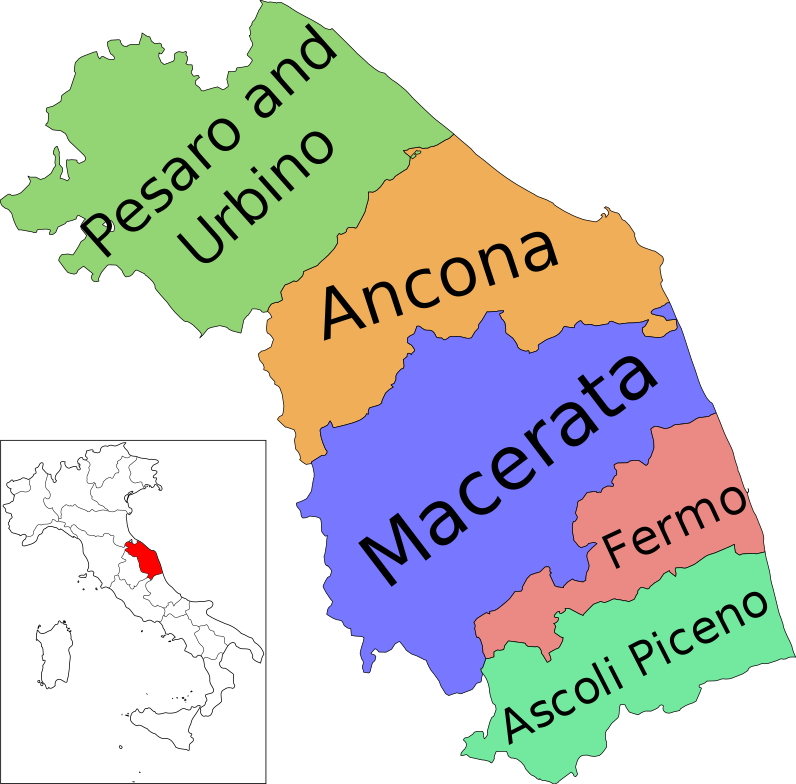
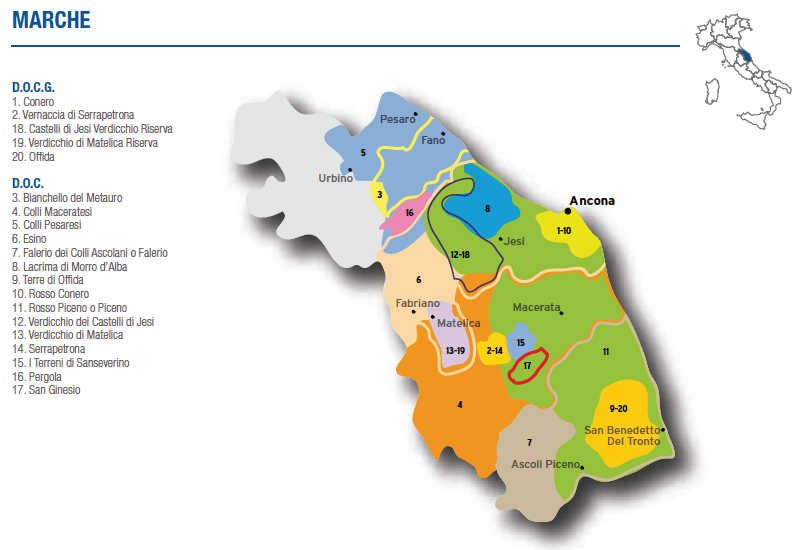
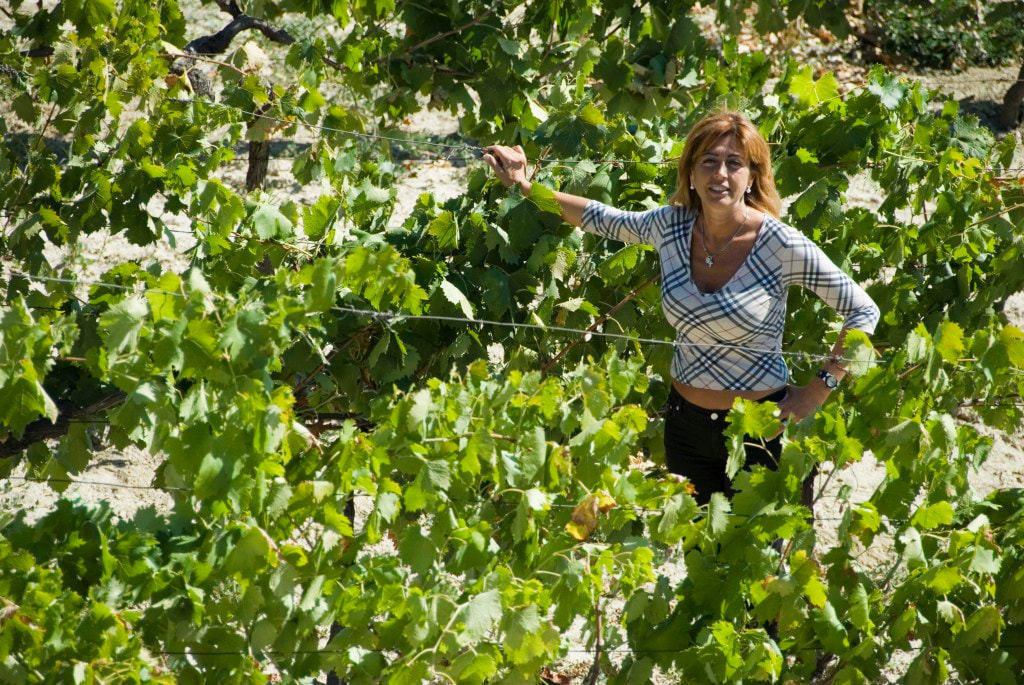
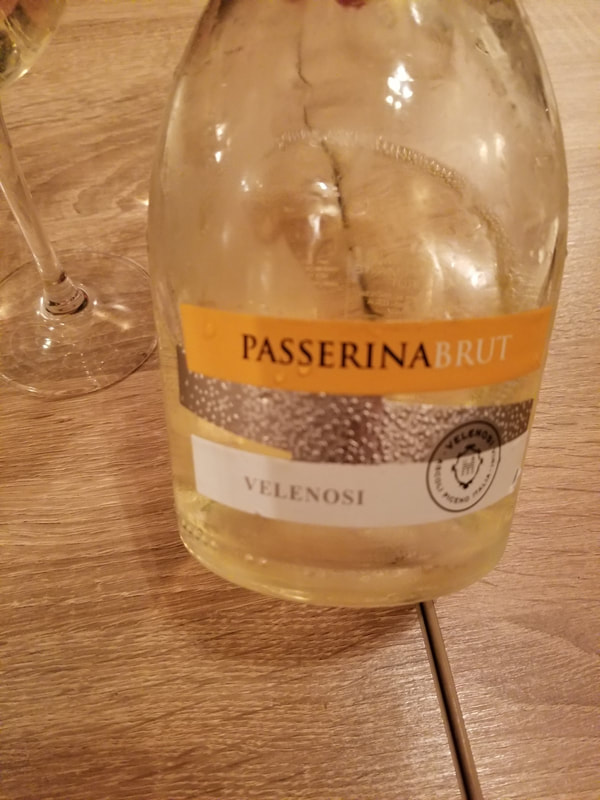
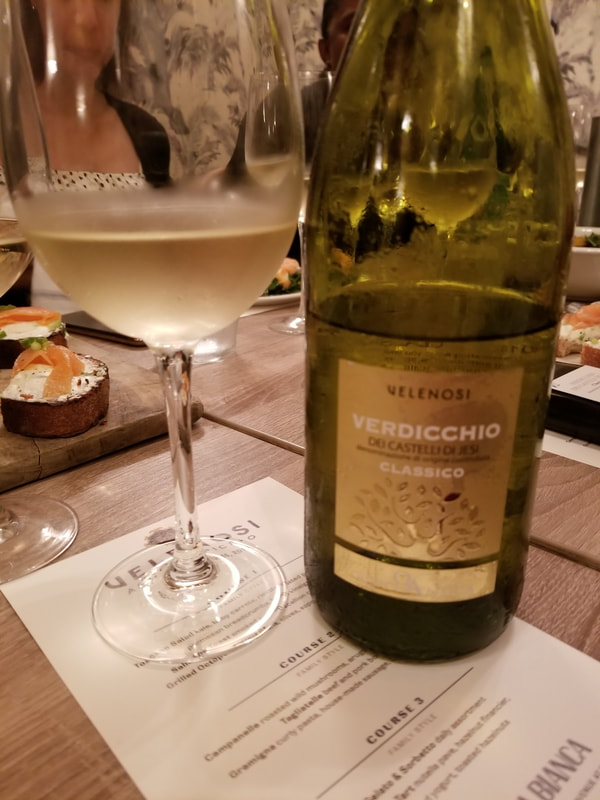
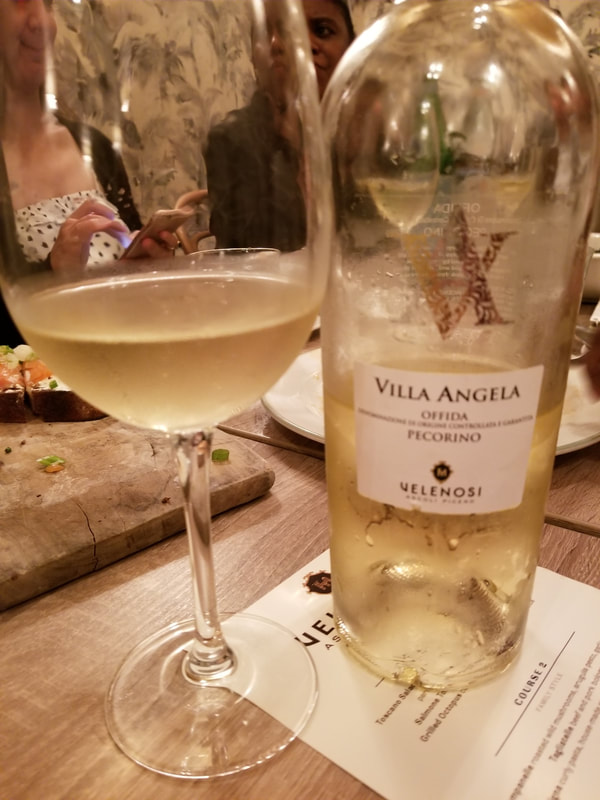
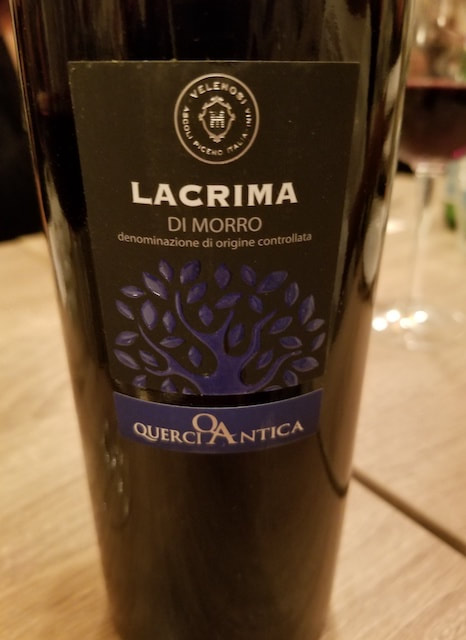
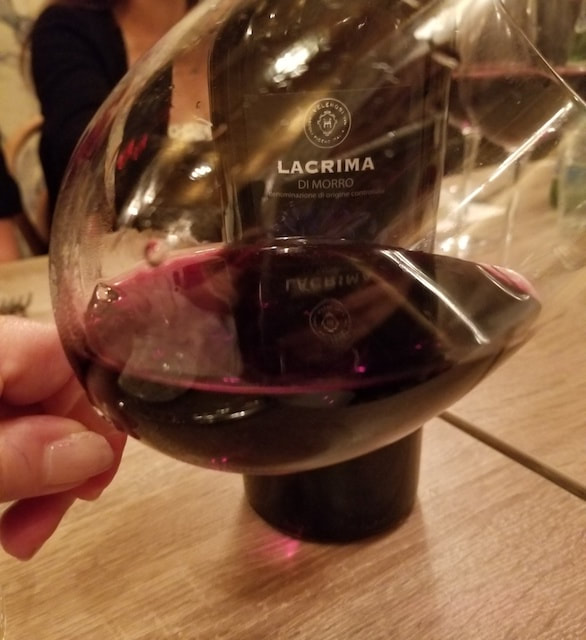
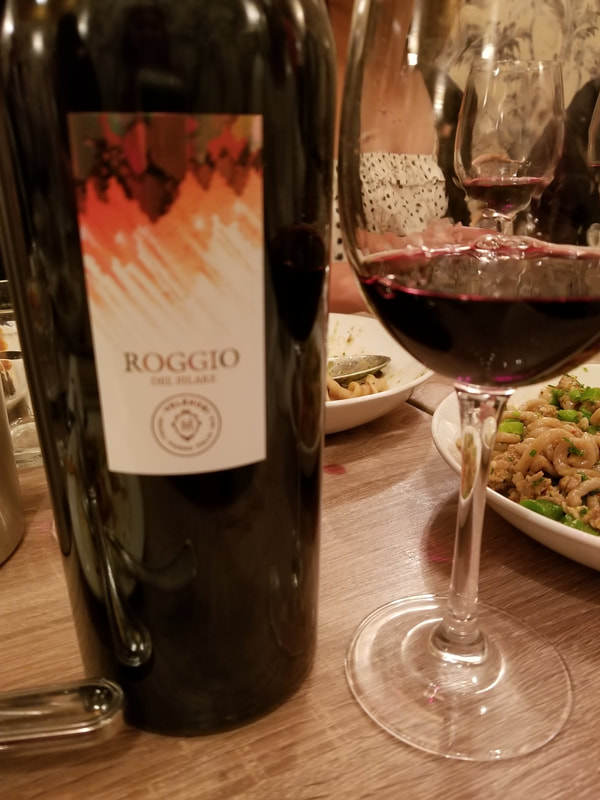
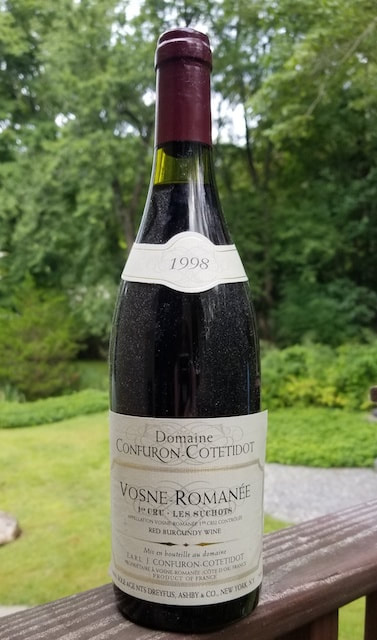
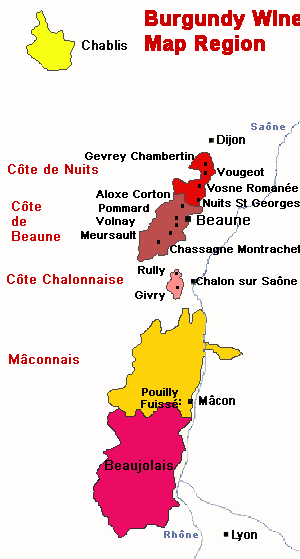
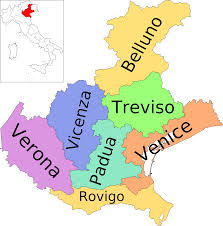
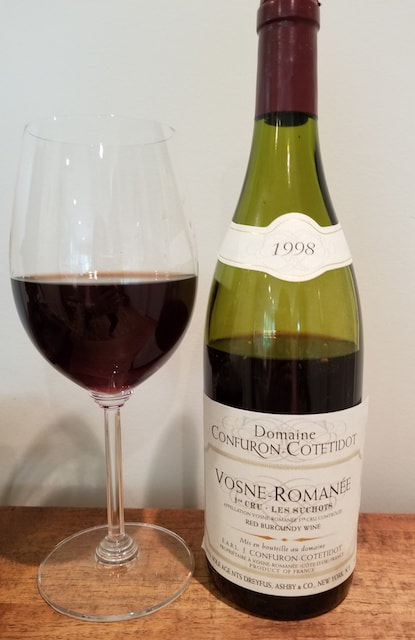
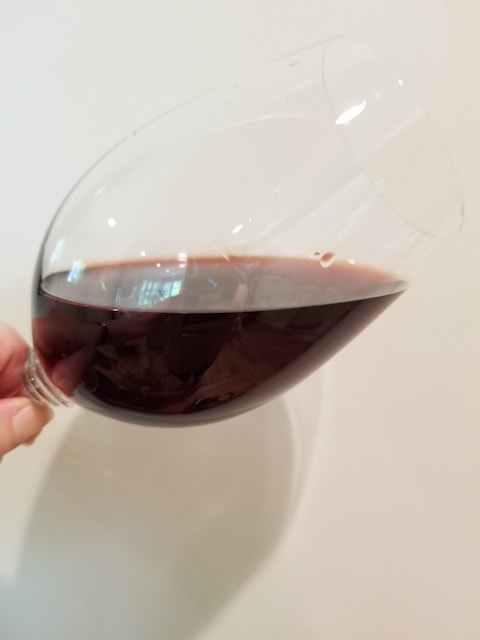
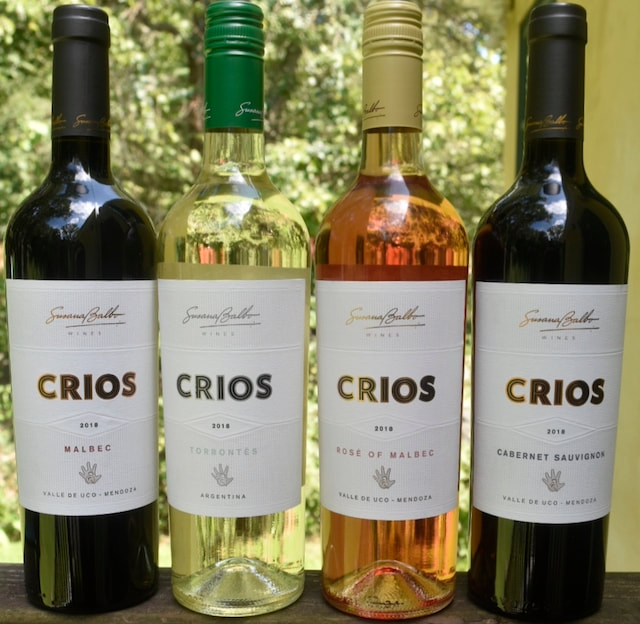
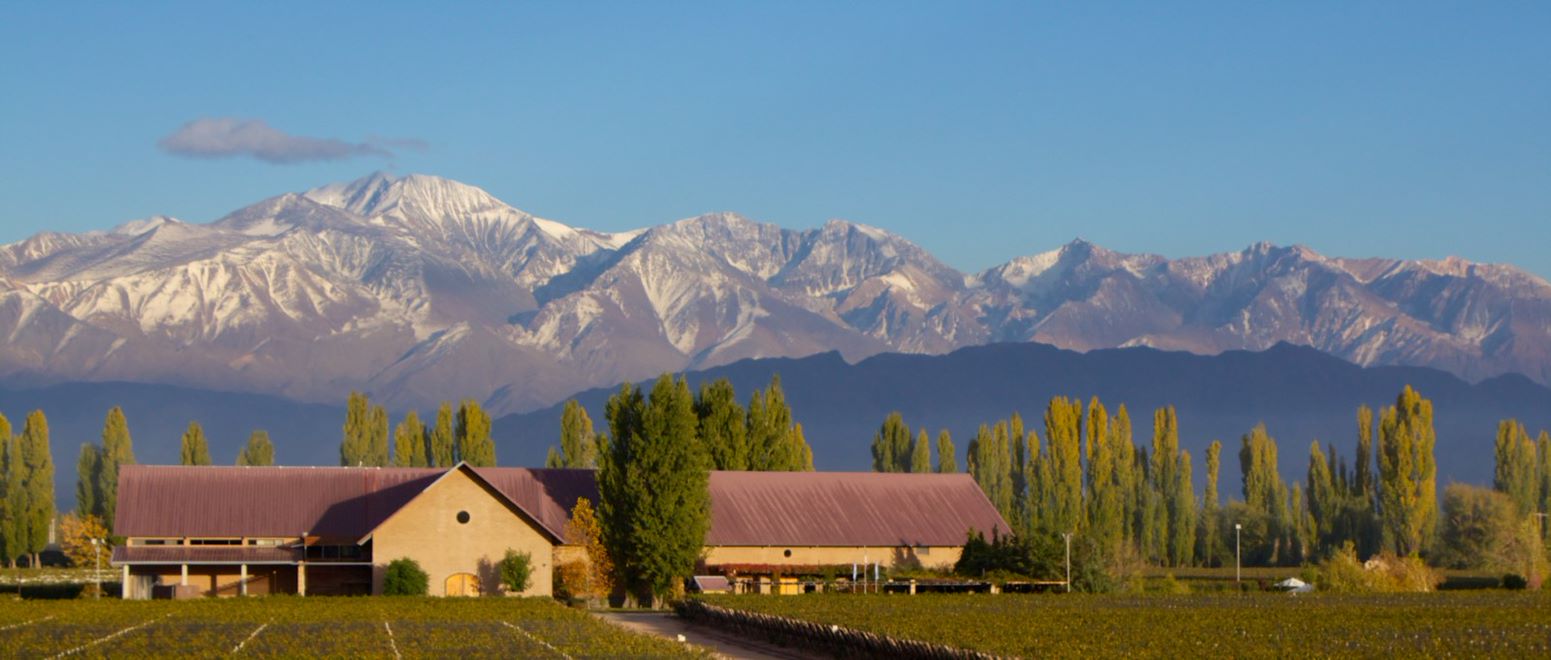
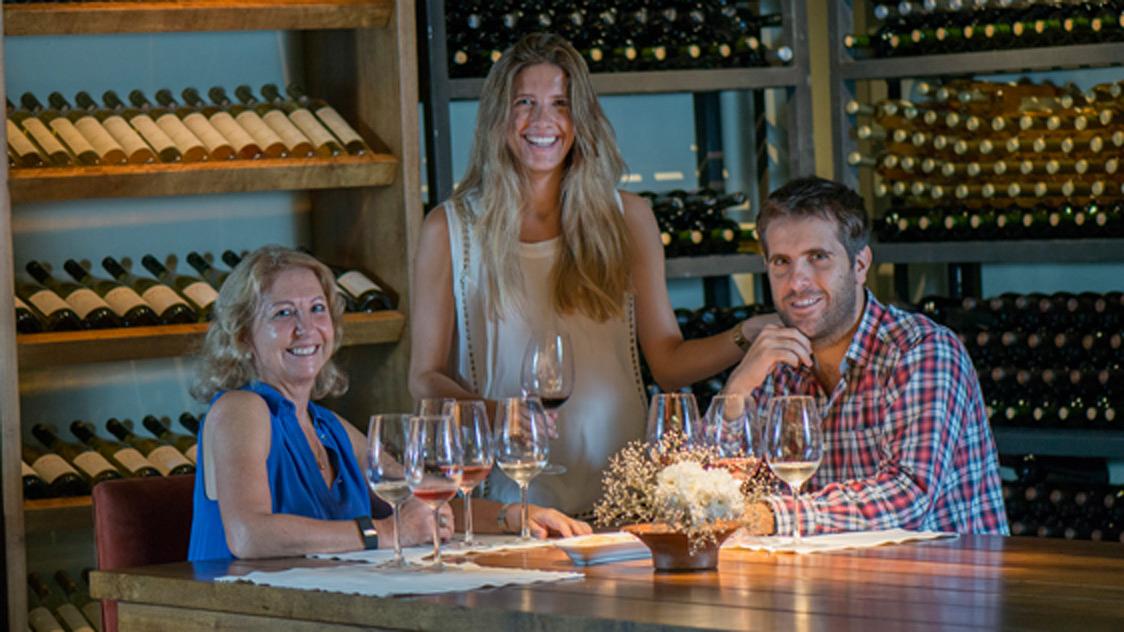
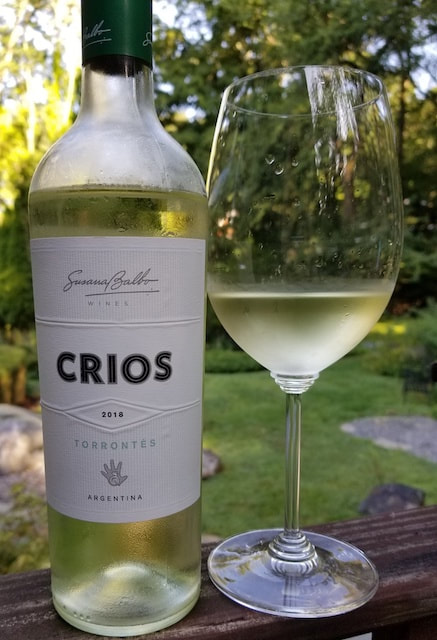
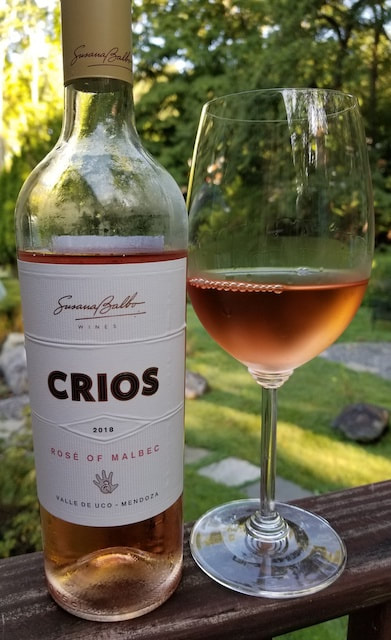
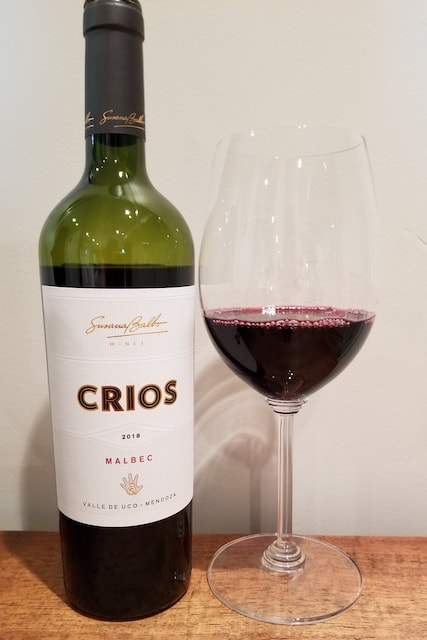
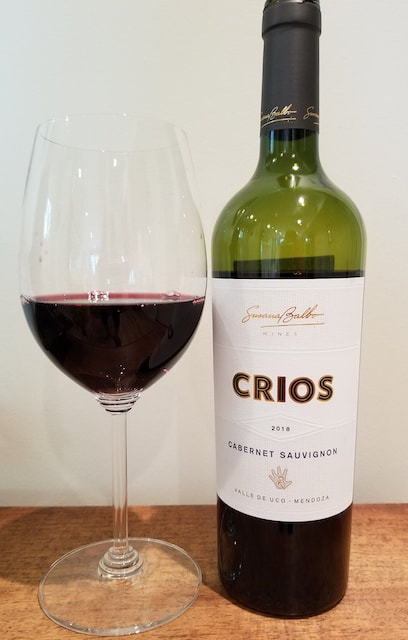
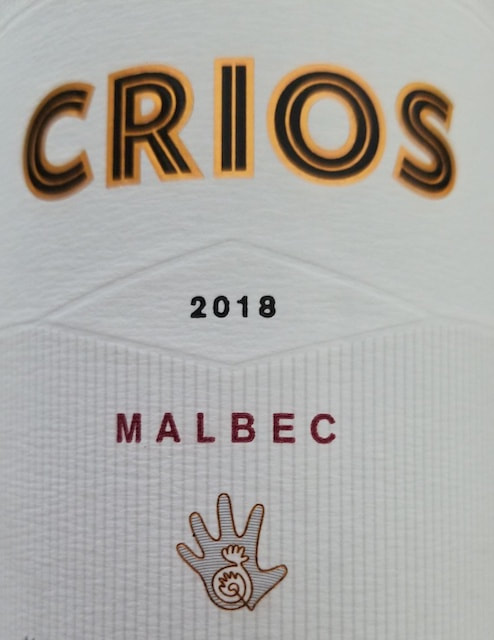
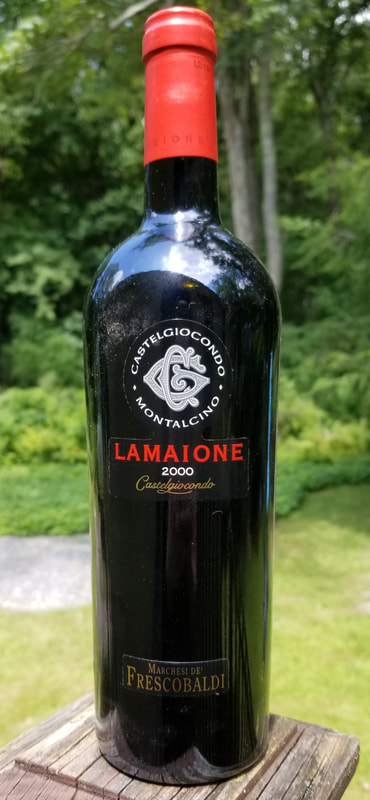
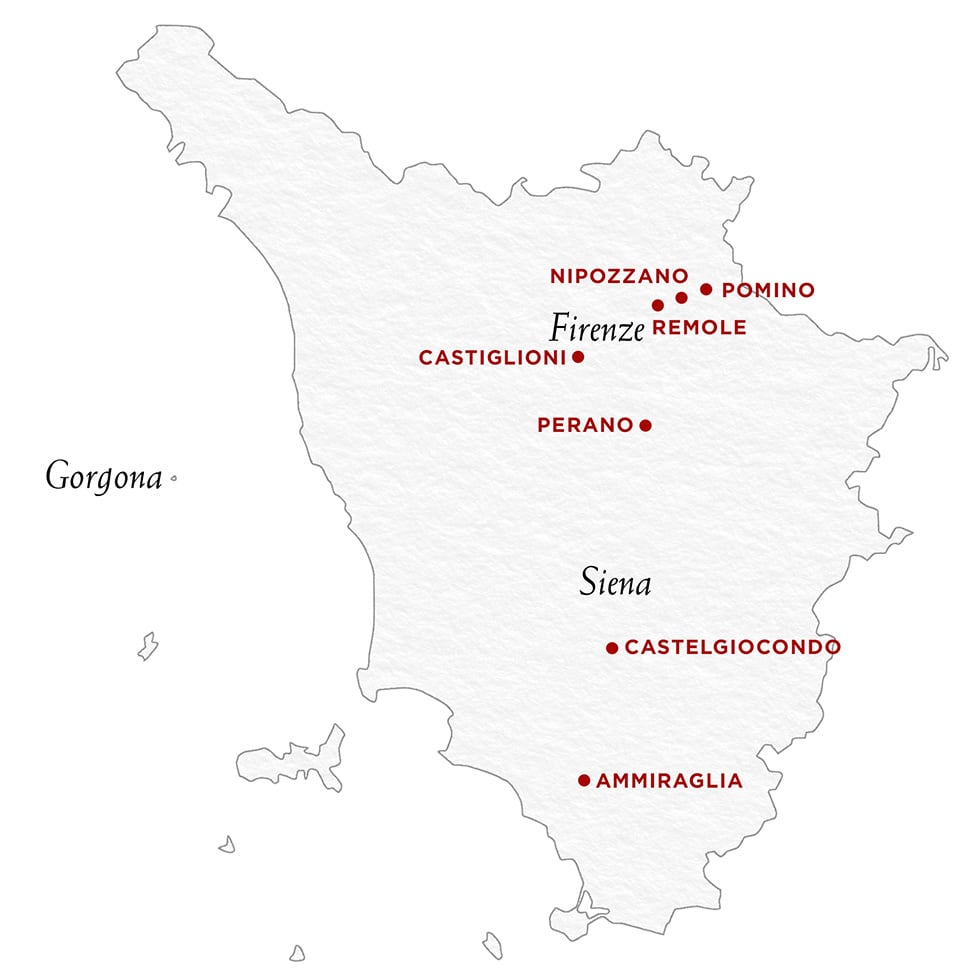
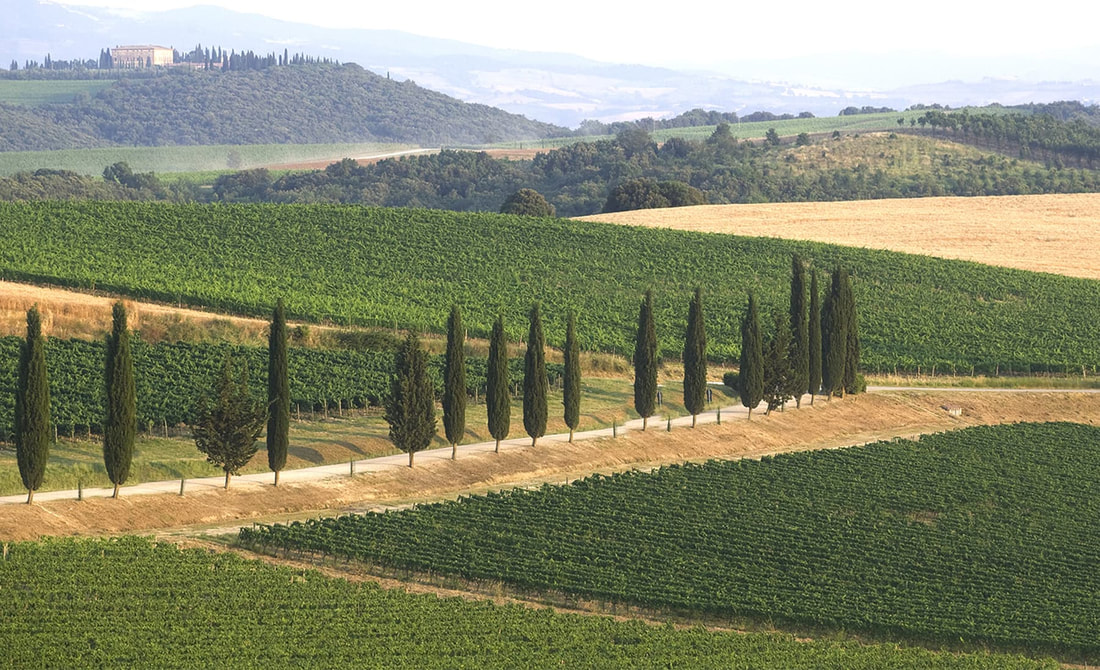
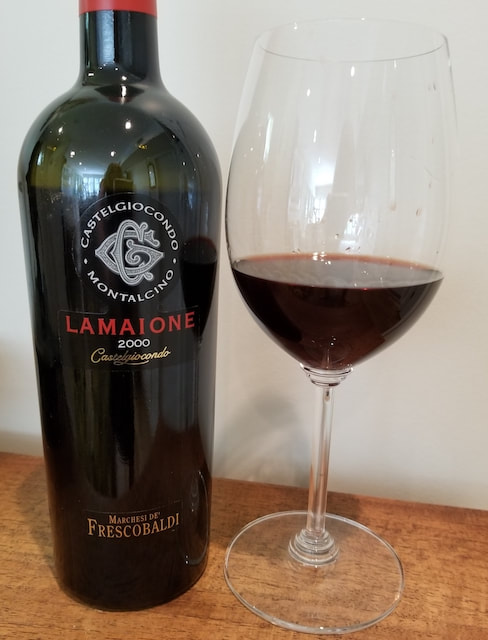
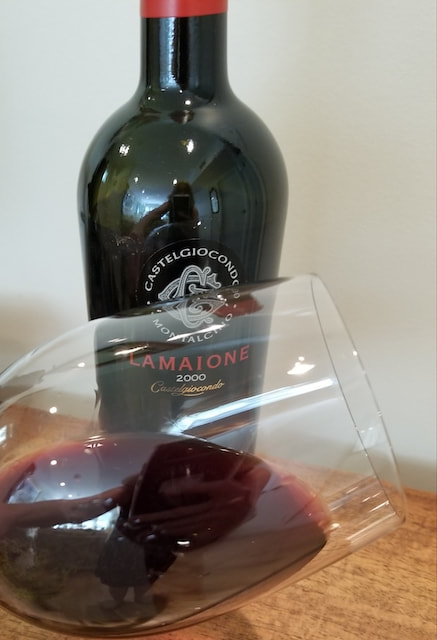
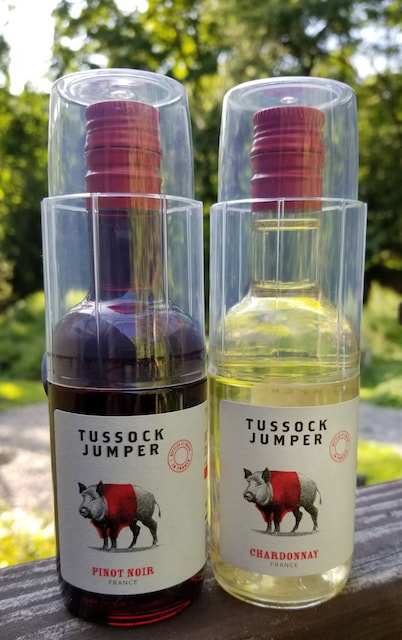
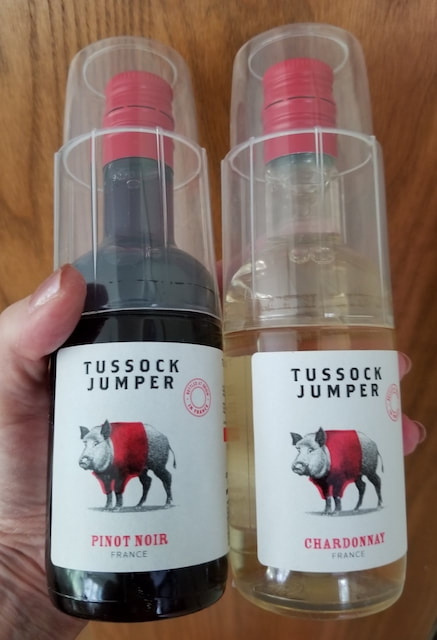

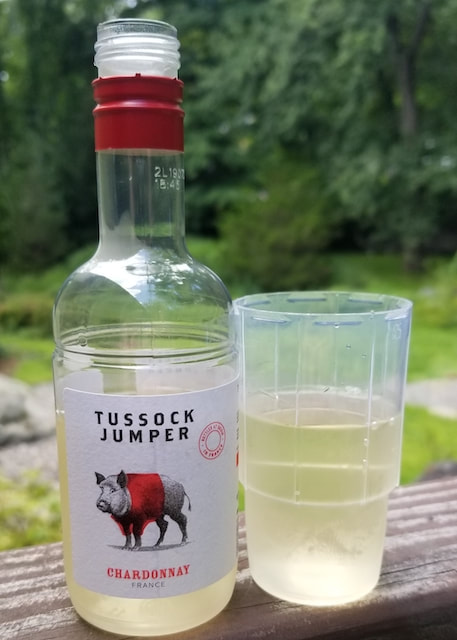
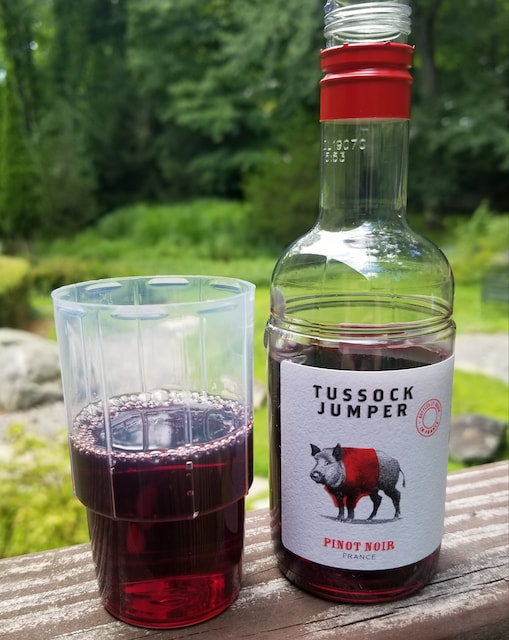

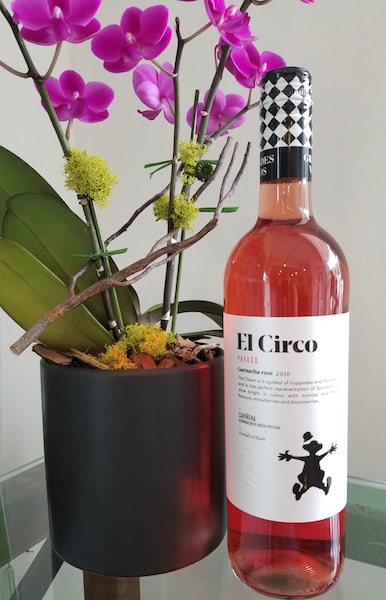

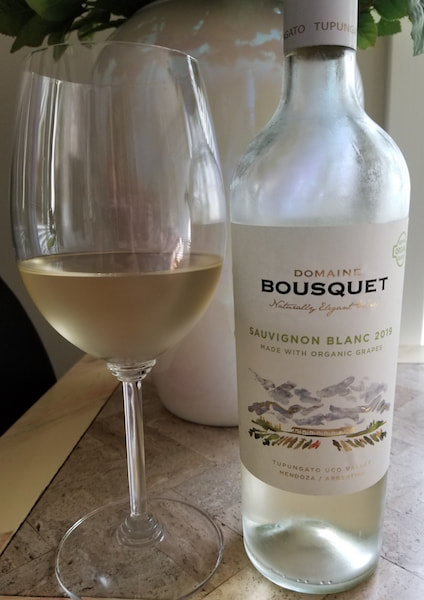
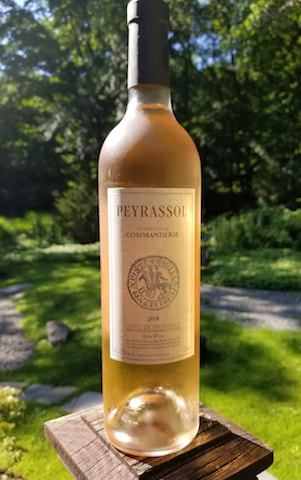

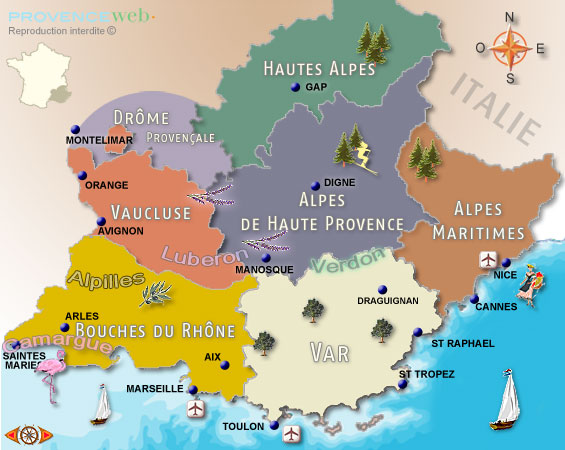
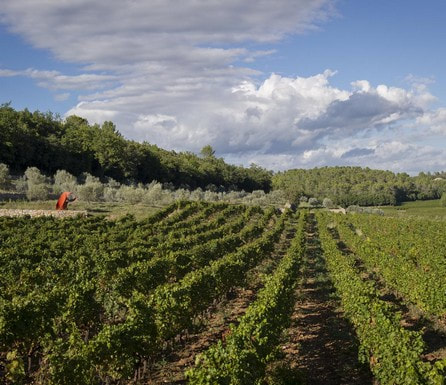
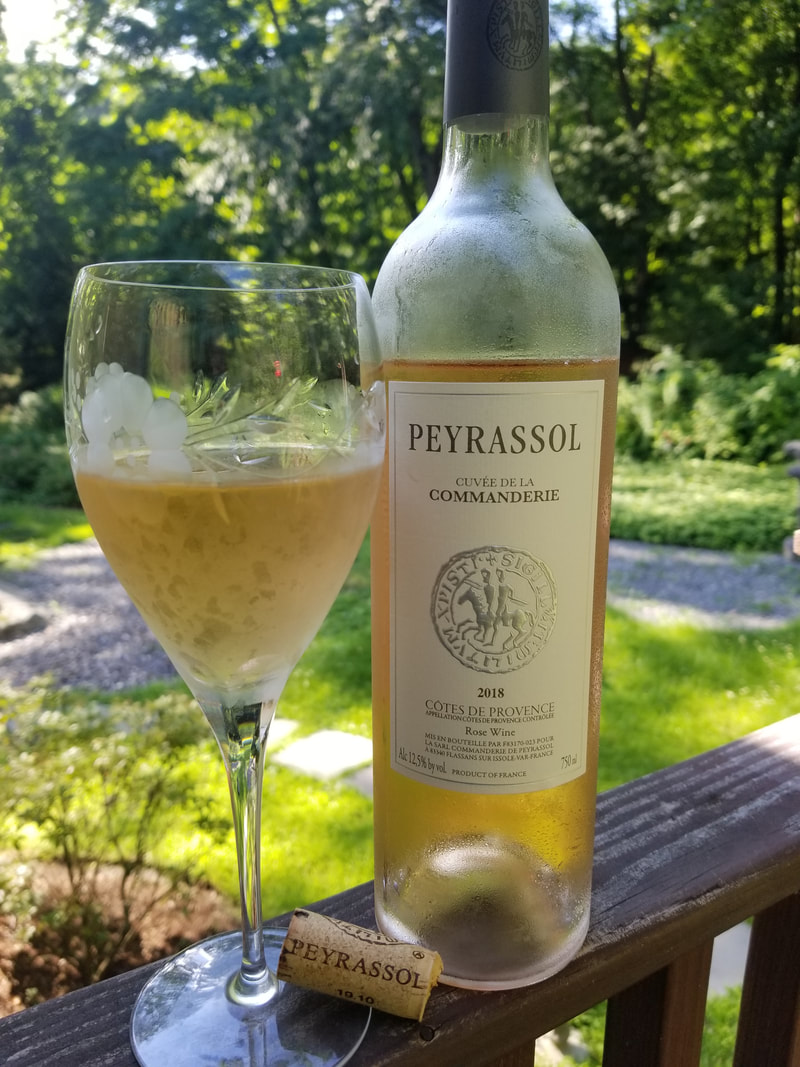

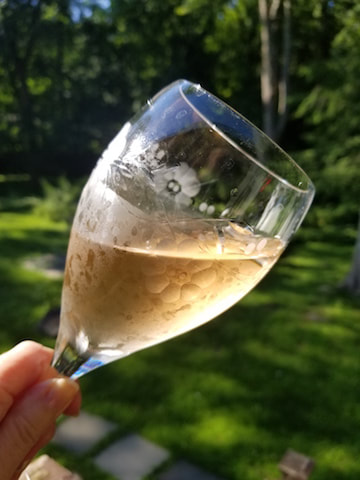

 RSS Feed
RSS Feed